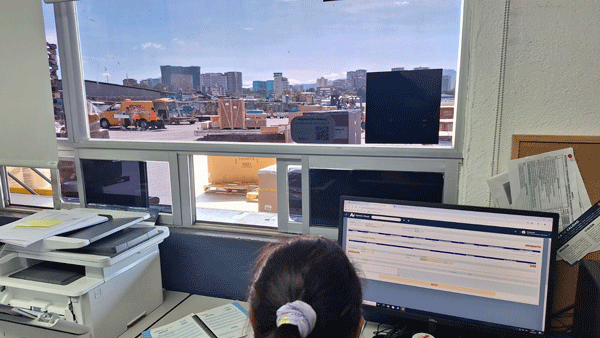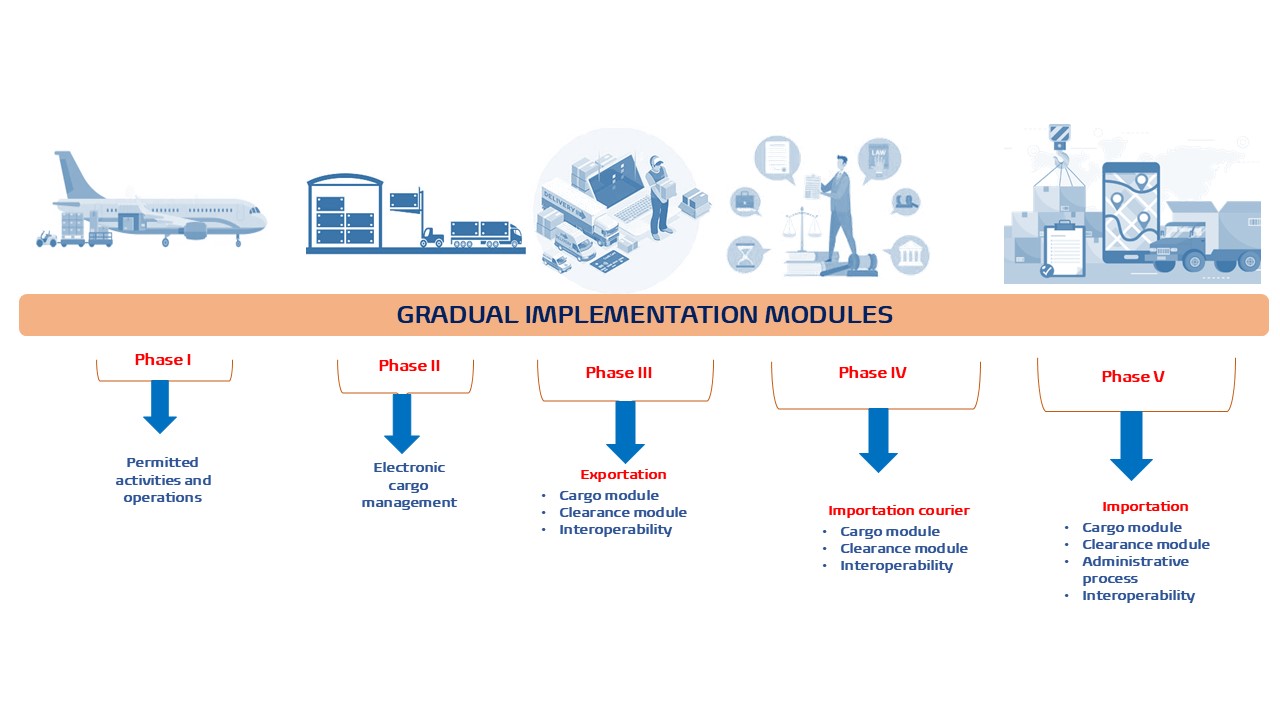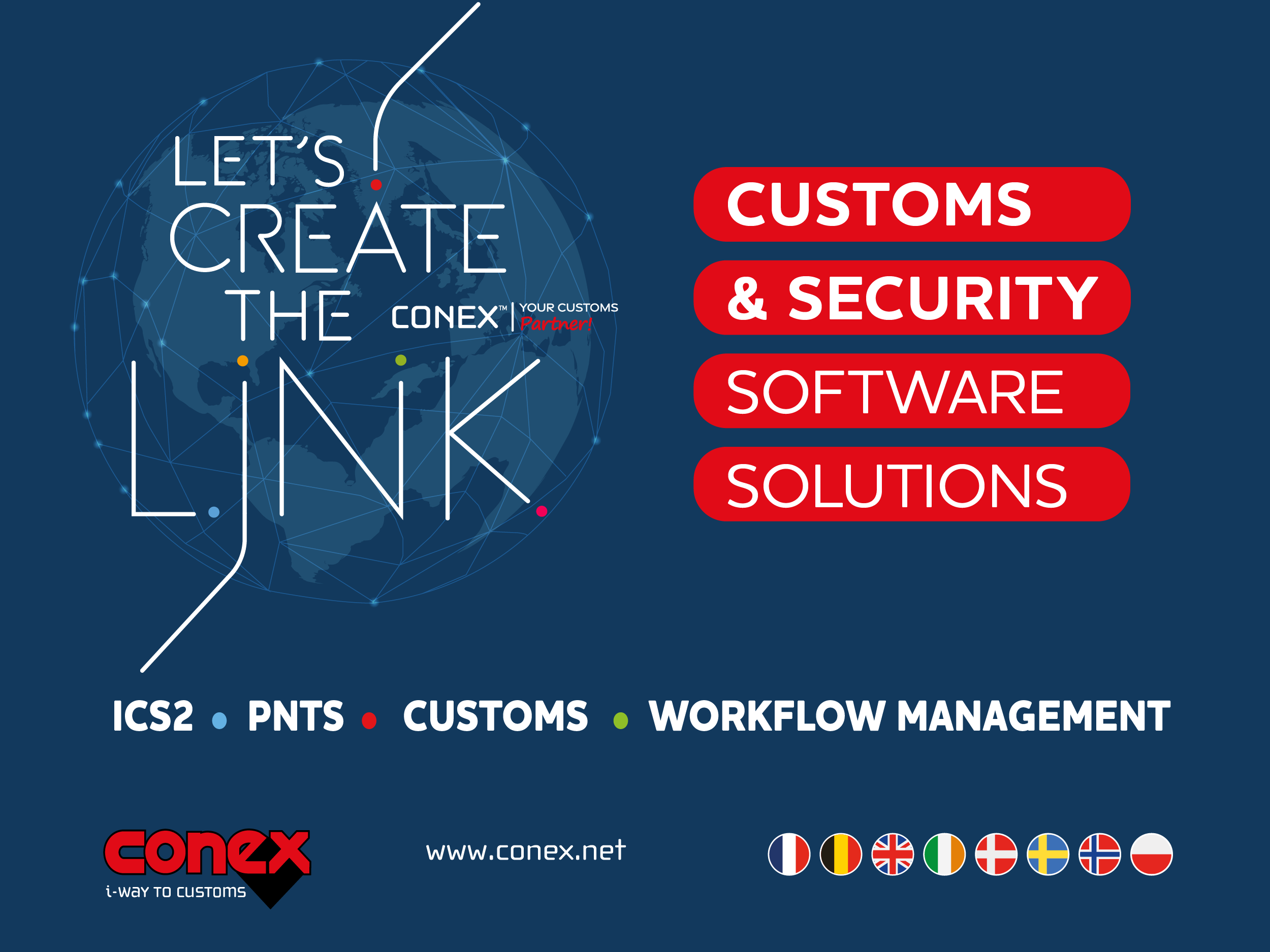Guatemala digitalizes air cargo clearance
30 October 2024
By Edwin Orlando Curtidor Juárez, Customs Intendent, Customs Intendancy, Superintendency of Tax Administration of GuatemalaGuatemala’s Superintendency of Tax Administration (SAT) has set forth the objective to comprehensively modernize the work processes of its Customs Intendency in order to simplify and automate the entry and exit of goods on its territory. By 2025, several new Customs clearance models are expected to enter into force. They are based on international standards and guidelines, including the WTO Trade Facilitation Agreement, the WCO Revised Kyoto Convention and the WCO SAFE Framework of Standards. Specific attention has been given to ensuring that the new models strengthen collaboration with other Customs administrations, business entities and other government agencies.
A new air cargo model
The first step was the design of a new air clearance model. Indeed, the Time Release Study (TRS) conducted in 2019 with the support of the WCO had identified that, although air was the fastest mode of transport, clearance times for air cargo were the highest on average.
In order to examine in depth the issues at hand, in 2022, a multidisciplinary work team consisting of SAT officers and representatives of companies involved in the logistics chain was set up by the Public-Private Dialogue Table on Customs Matters. The Dialogue Table is a cooperation mechanism between public and private entities involved in the international supply chain whose objective is to provide suggestions for procedures and processes to be developed or enhanced to make legitimate transactions faster and more transparent, efficient and secure. Among other activities, the Dialogue Table monitors the implementation of the National Action Plan to Reduce the Time in Importation of Goods which resulted from the first Time Release Study.
The team working on the air cargo stream identified several issues such as:
- lack of automation,
- excessive use of paper,
- high level of discretionary power,
- minimal information exchange,
- inability of the web application to function across different browsers,
- duplication of data and file processing,
- dependence on legacy systems.
The team reviewed all air cargo importation and exportation clearance processes in order to simplify them, which also involved converting all required documents to digital format. In addition to using a process approach, the team followed the recommendations laid out in the WCO IT Guide for Executives, which provides information on the strategic management process concerning the use of information and communication technologies (ICTs) in Customs, and implemented the WCO Data Model to simplify and standardize the data requirements of cross-border regulatory entities, ensuring interoperability between the IT systems of all parties.

Their work resulted in the phased launch of several software modules as well as an IT platform called the “Virtual Agency” which enables the electronic exchange of information and is accessible from any device with internet access 24 hours a day.

Old versus new
The early air cargo legacy systems had many flaws. The IT system was not stable, nor was it always available. It was incompatible with some web browsers and offered no flexibility in terms of processes. Data and files were duplicated and processed several times.

The new air model is based on simplified processes and a solid IT system called Alfresco which operates as a central document management system with several databases, enabling the seamless exchange of information through blockchain technology. All parties to an air cargo transaction can publish documents on the blockchain: for example, airlines can publish electronic air waybills (e-AWB), the document which contains shipment data, contracts of carriage and other information required for the shipment to be transported. Moreover, machine-learning models have been developed to automate manual processes and identify risks in transactions.
The “Virtual Agency”, the web interface of the applications developed for each module, is user-friendly and intuitive. Nevertheless, training was provided to both public and private entities to explain how to use the new digital services, outline how processes will be carried out, highlight the changes that were made and illustrate the benefits of the new operational model.
Benefits
The implementation of the new air cargo clearance model entailed several challenges. System dependencies had to be mapped out and understood, migration process had to be developed, staff and users had to change the way they worked, among other things.
The new IT system transformed the work of Customs officers in charge of air cargo clearance. They now have more time to spend on value-added tasks and are more productive, as all information is centralized, and the integrity of the data is guaranteed. Errors have been minimized and workflows optimized.

And the results are in! Since the new model was launched in January 2024, the air cargo clearance process has been entirely digitalized, and there has been a reduction of 74% in average clearance times for air cargo compared to 2019, despite a 14% increase in the number of operations. Targeting capabilities have improved, with an increase in the number of tax adjustments and seizures.
Economic operators also benefit from the new model, as it enables them to follow the clearance process in real time and reduces the time spent by cargo in the temporary Customs warehouse. The IT system is geared towards all stakeholders in the air logistics chain. Connecting to it does not require any complex processes or specialized equipment, and training and support are provided to all.
More information
aduanadeguatemala@sat.gob.gt



